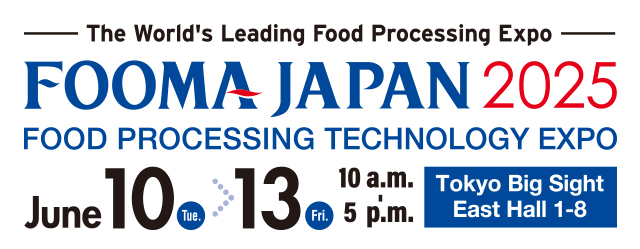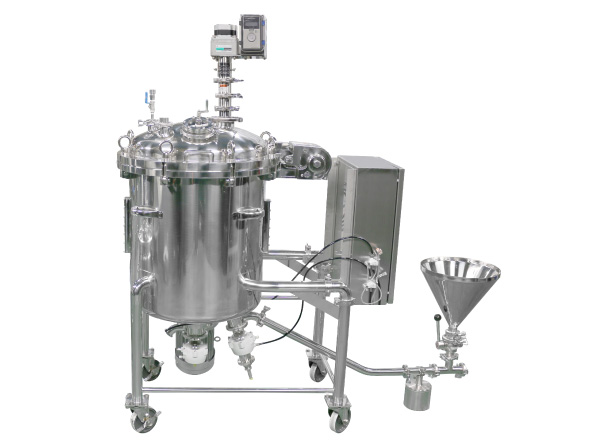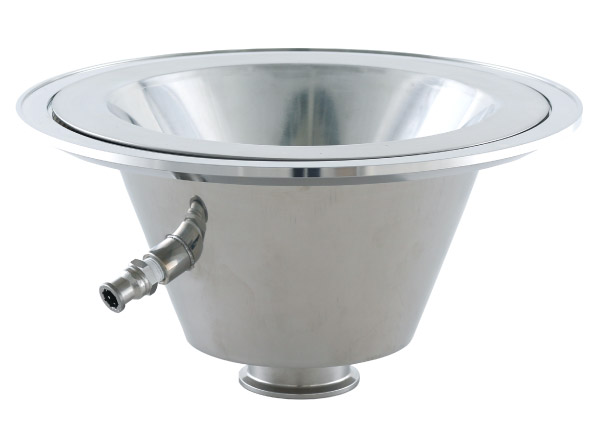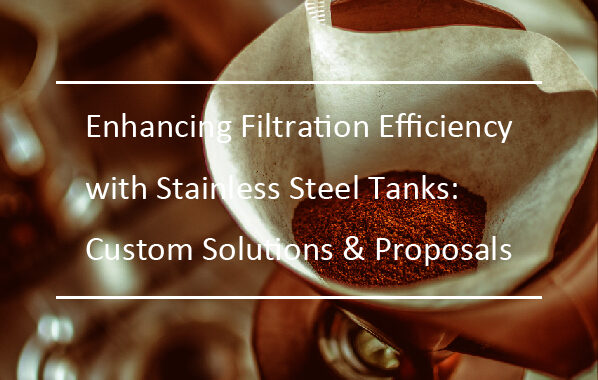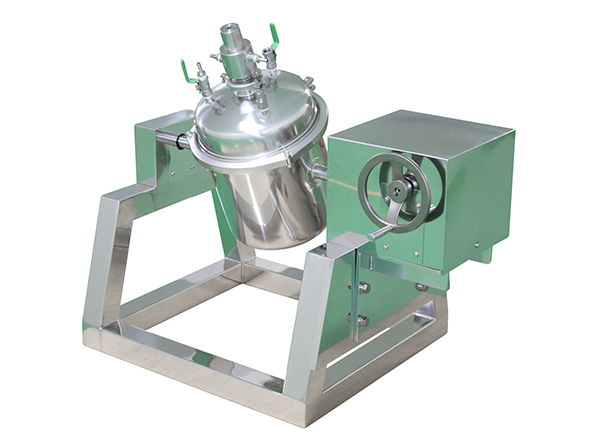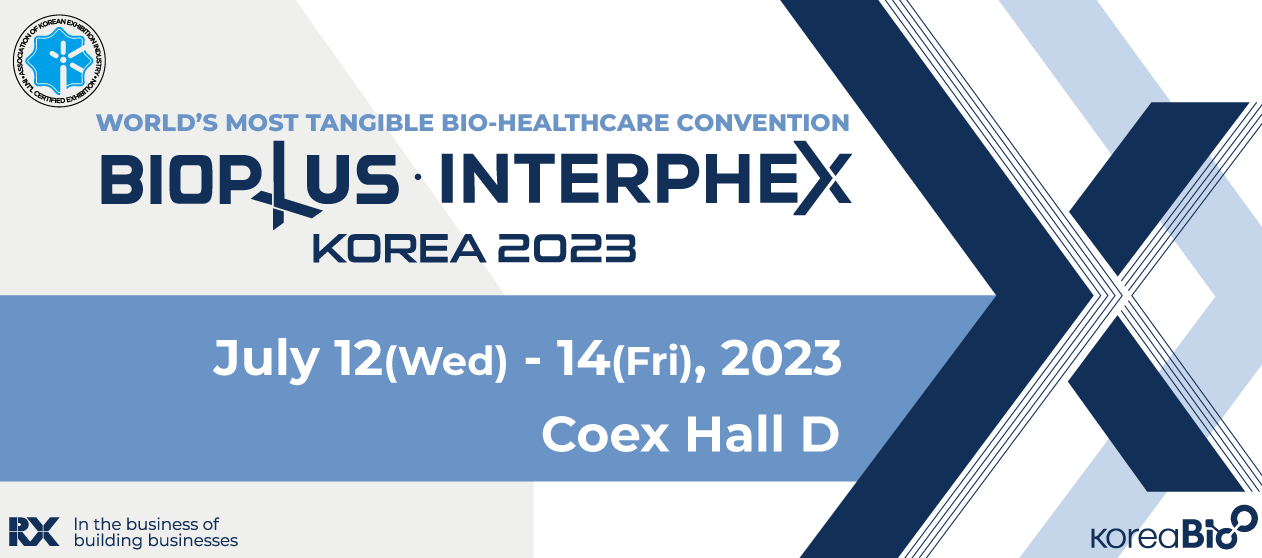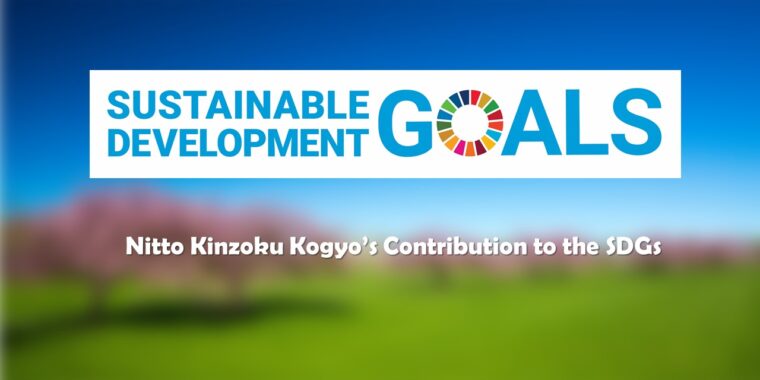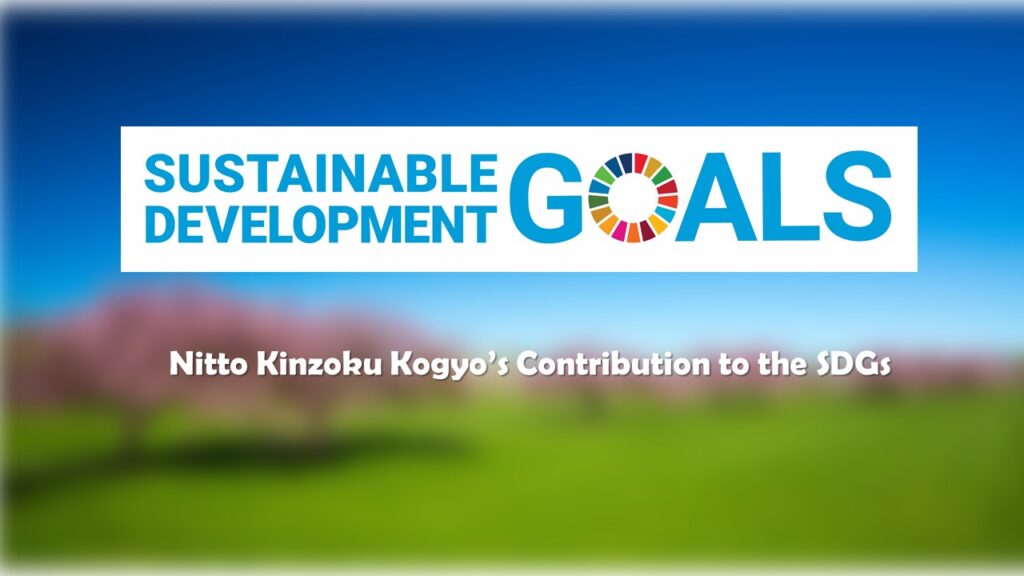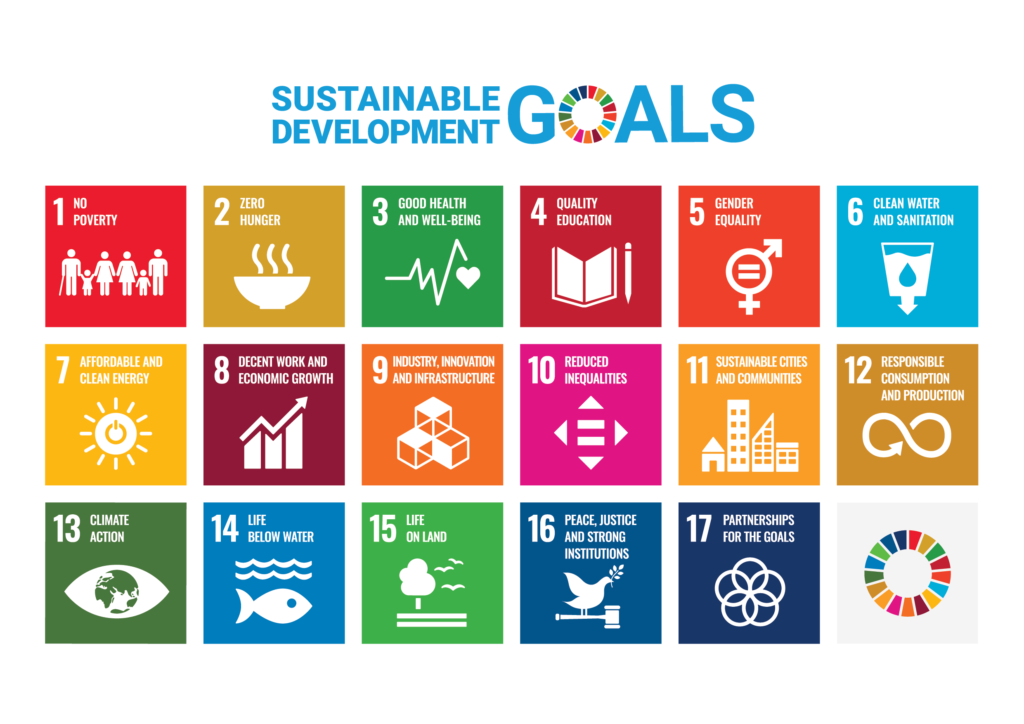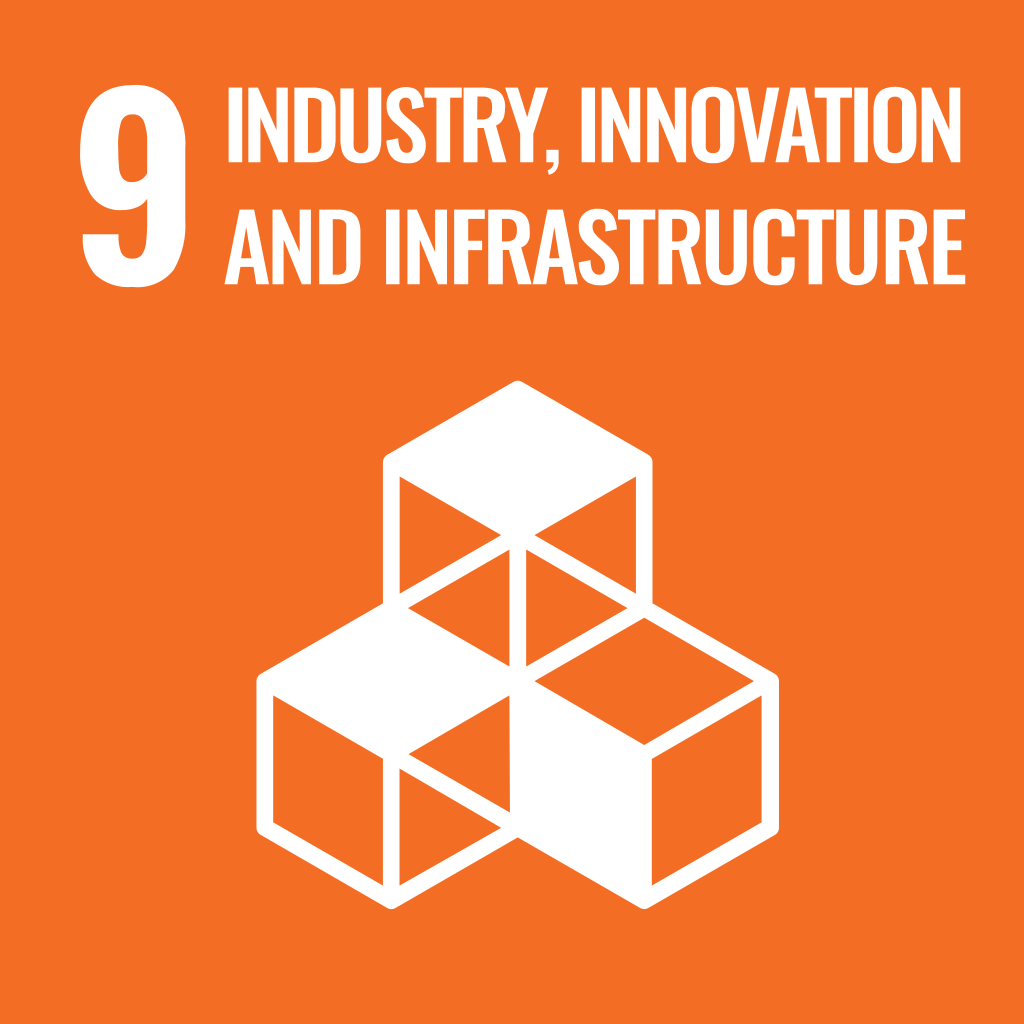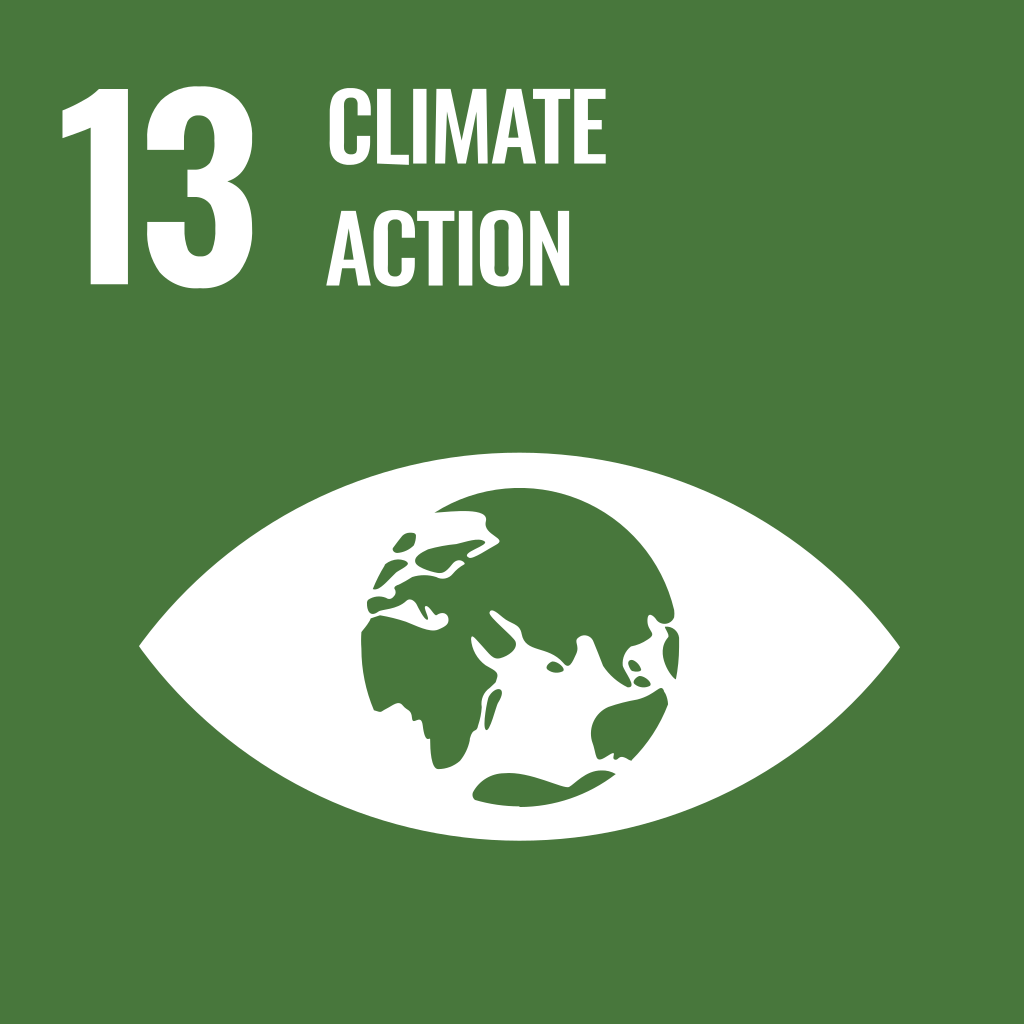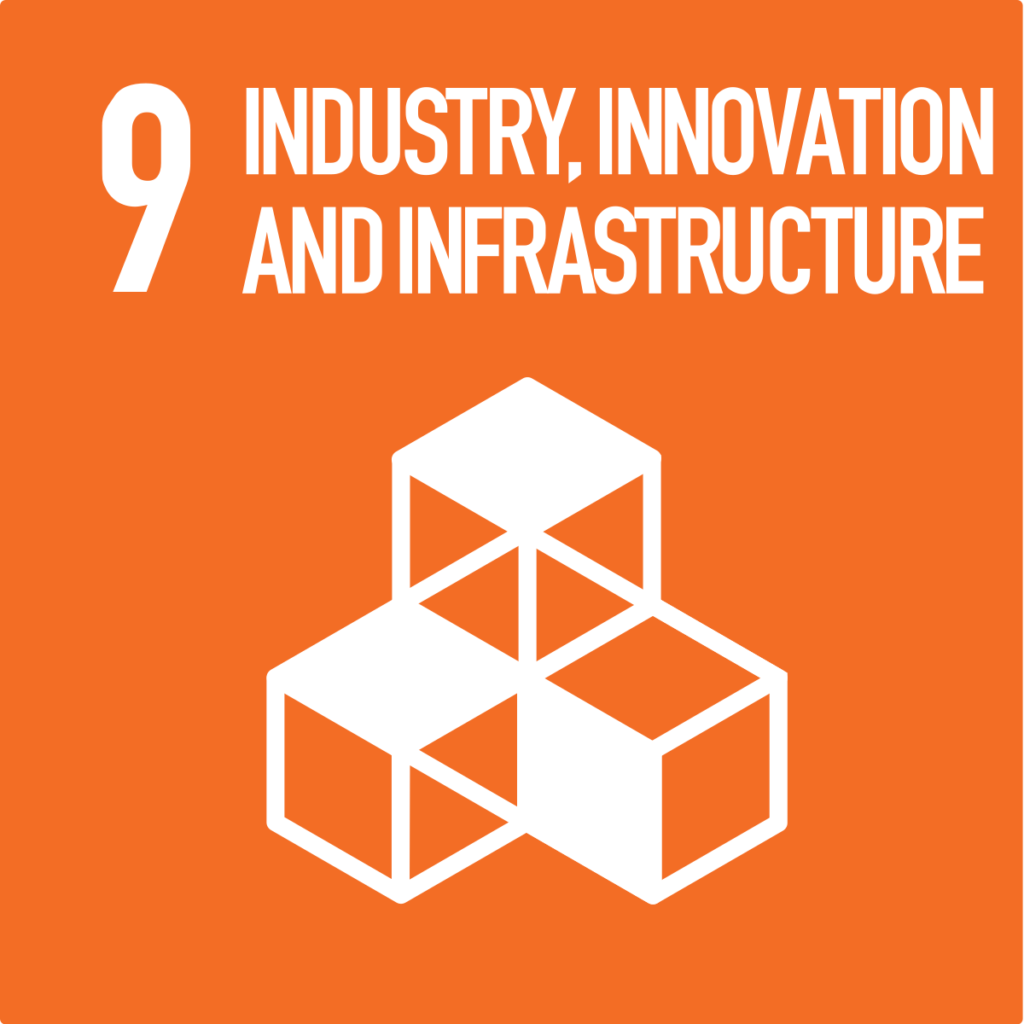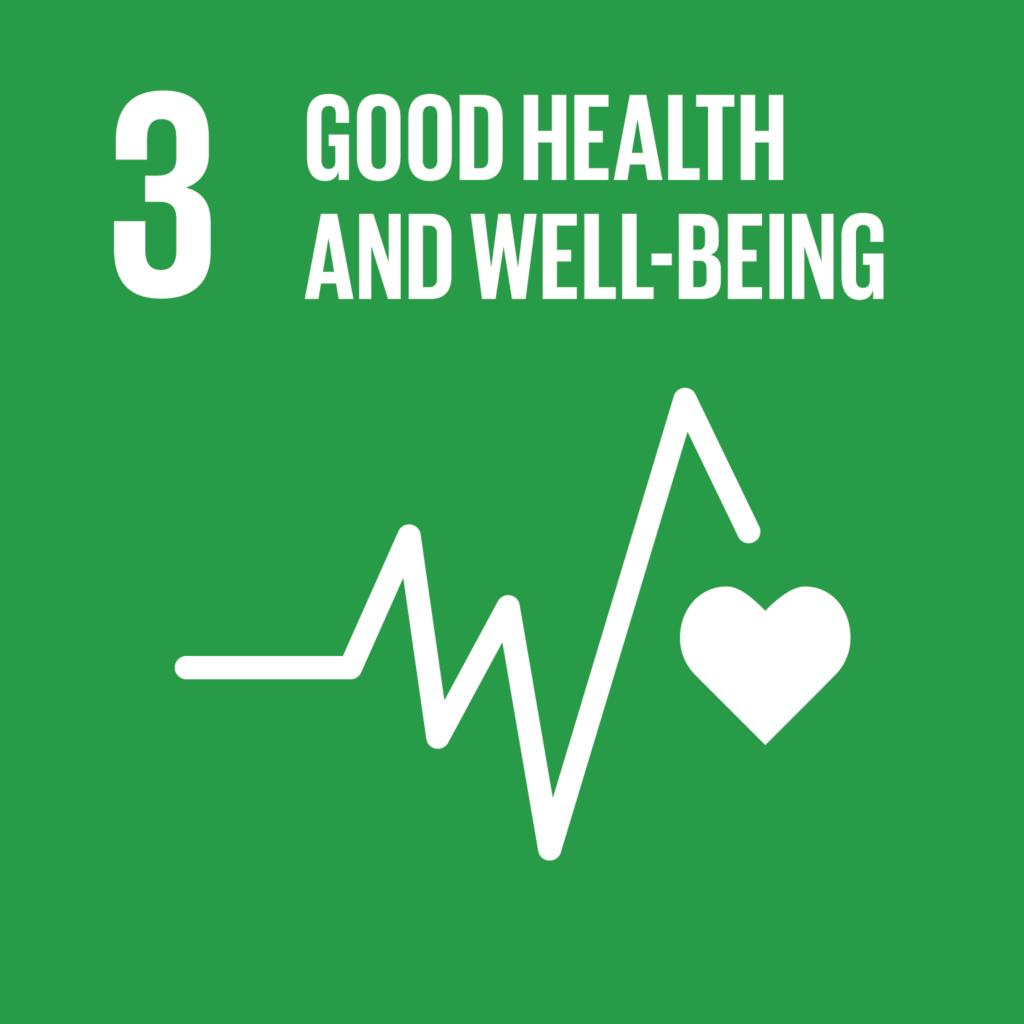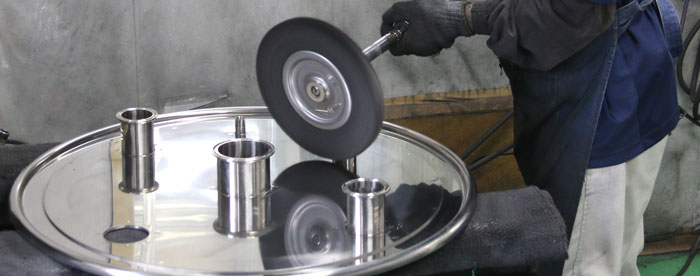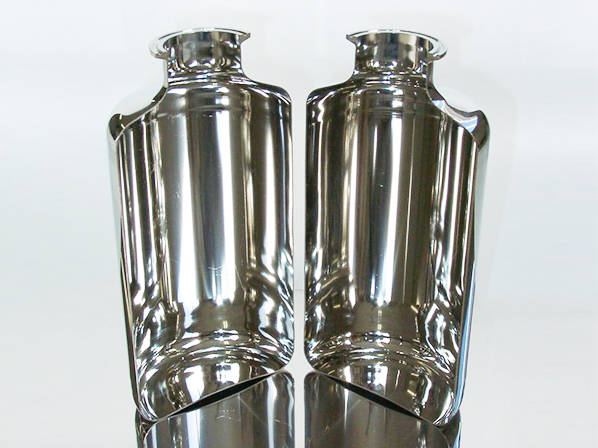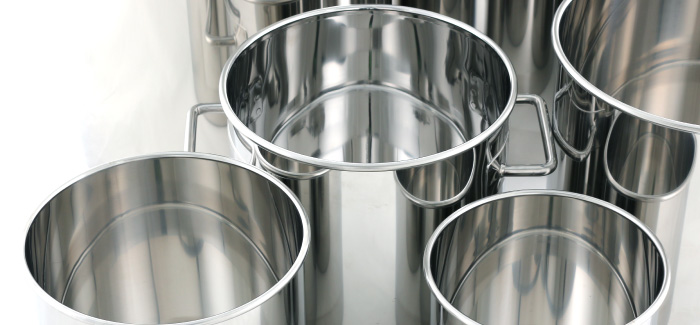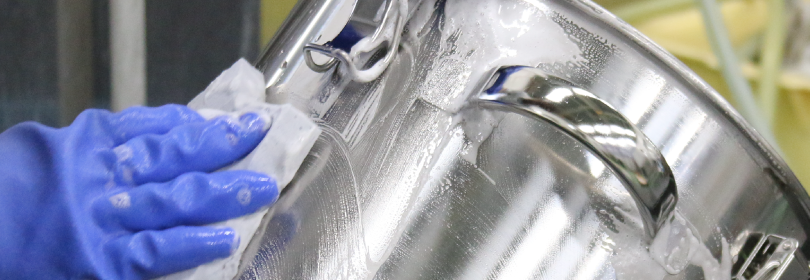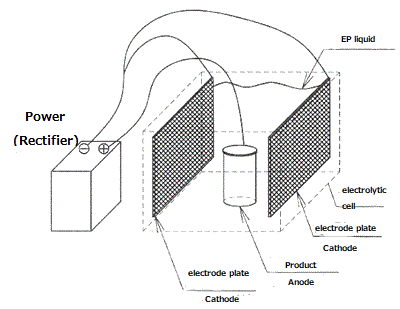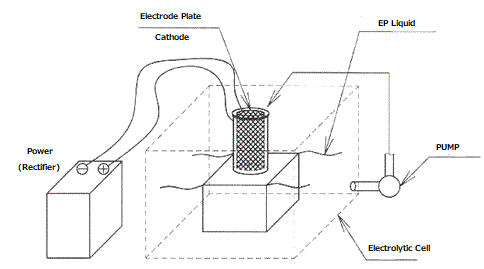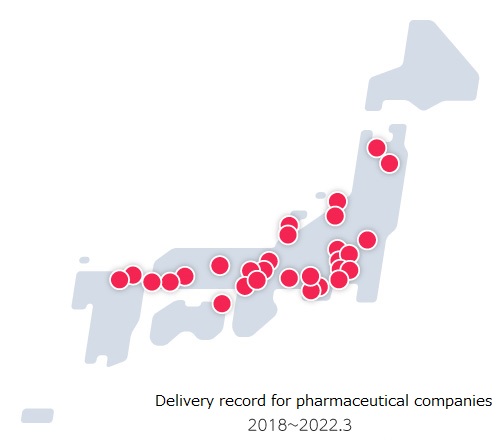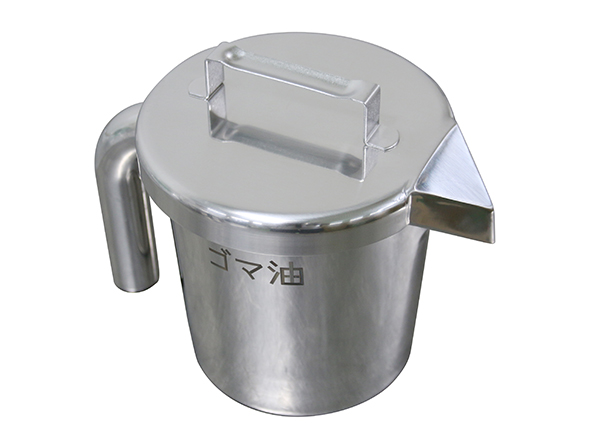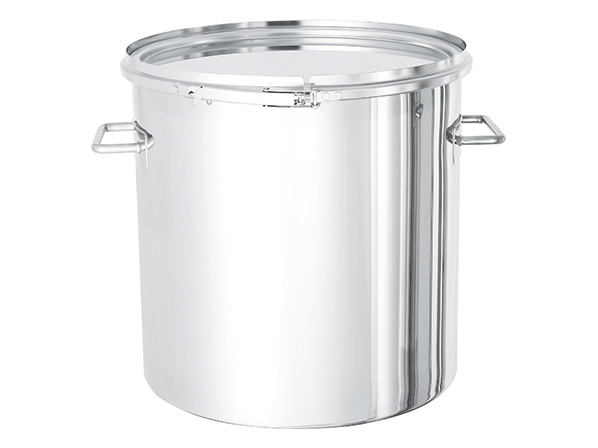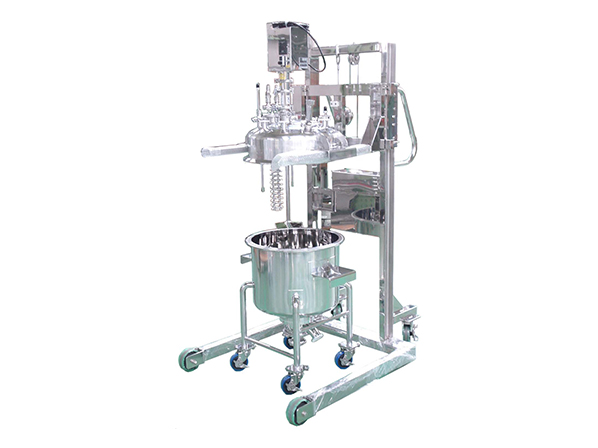
We have received numerous inquiries about “filtration tanks,” used to remove foreign matter from slurry or to recover solids from liquids.
(Different manufacturers may refer to them by various names, such as filtration vessels, filtration equipment, or simply filters.)
At MONOVATE, we offer two types of stainless steel tanks for vacuum and pressure filtration
(Click here for details; JP ).
These products can be customized to meet your specific needs, taking into account your requirements and the characteristics of the contents.
This column introduces some examples of proposals we have made in the past.
What is “filtration”?
Filtration is the process of passing a liquid or gas containing solid particles through a filter medium
to separate and remove foreign matter. In other words, “straining out” unwanted materials.
Methods of filtration include simply relying on gravity, applying pressure, or using centrifugal force.
Although “removing foreign matter” might sound complicated, filtration is commonly found in our daily lives.
Examples of everyday filtration:
• Coffee filter: removing coffee grounds
• Water purifier: removing impurities from water
• Oil pot: removing residue from frying oil
• Air purifier: removing pollen and other particles from the air
Terminology Related to Filtration
Filter Medium (Filter Media)
Items such as filter paper, filters, or membranes. There are various types and materials depending on the purpose.
Filter Aid
A substance used to prevent clogging of the filter medium and make filtration easier (e.g., food-grade diatomaceous earth).
Cake
The material that remains (accumulates) on the filter medium after filtration, also referred to as “residues.”
Filtrate
The liquid or gas obtained after passing through the filter medium.
Examples of Filtration Tank Proposals
Example 1: Reducing Filtration Time
We proposed a customized version of the [QR-100M] Vacuum Filtration Vessel.
To shorten the filtration time, we increased the filtration area to 3.5 times that of the standard specification.
We also enlarged the hopper capacity to allow for bulk loading of materials.
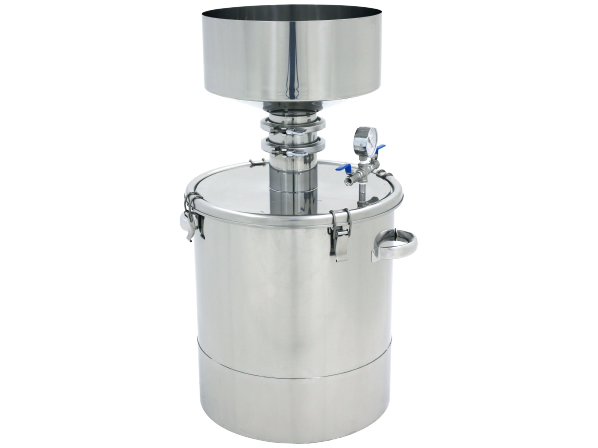
Example 2: Separating Solvents and Powder
We proposed a filtration tank to wash powdered materials with solvent.
To improve work efficiency, we kept the total height of the tank at 1800 mm.
After mixing the powder and solvent in the upper tank, the mixture is vacuum-filtered into the lower tank,
allowing separate collection of powder and solvent.
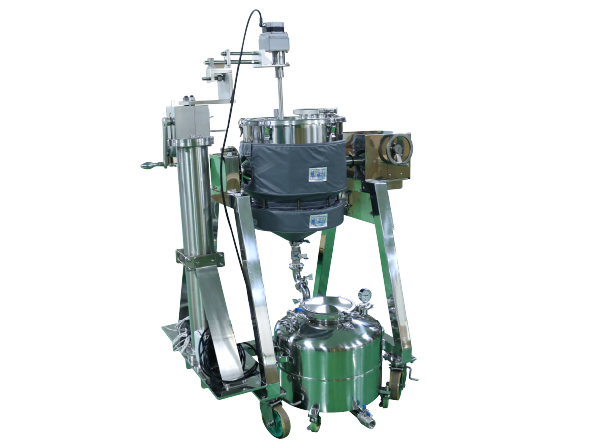
Example 3: Scaling Up Filtration Equipment
When scaling up from a glass filtration device, we proposed a custom stainless steel filtration unit.
The filter section is designed so that the same filter paper previously used can still be utilized.
The filtrate is collected into a plastic bottle placed inside the tank, which can accommodate multiple
bottle sizes (0.25 L, 0.5 L, 1 L, 2 L) owned by the customer.
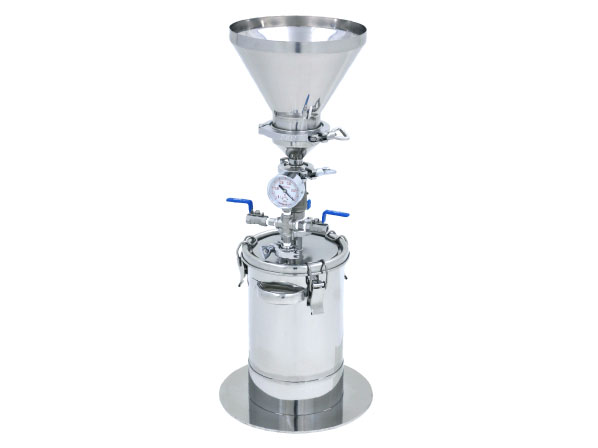
View This Proposal Example
Example 4: Removing Foreign Matter with a Mesh Basket
We proposed a stainless steel basket that can be set on the tank’s rim and used like a tea strainer.
With an approximately 1mm mesh size, it can remove fine particles.
We can manufacture the basket in a size tailored to your tank, or provide a set that includes both
the basket and the tank.
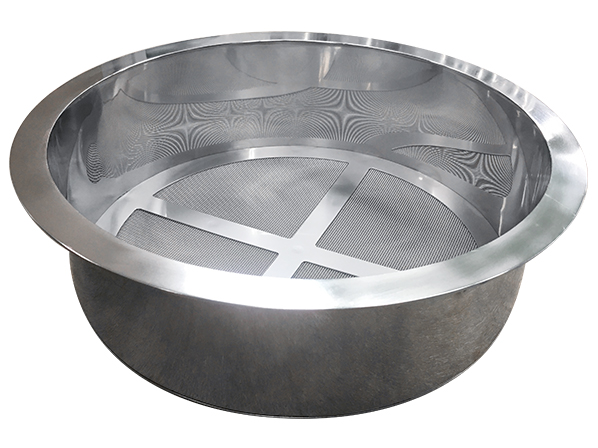
View This Proposal Example
Consultation on Manufacturing Stainless Steel Filtration Tanks & Equipment
MONOVATE can manufacture filtration tanks and filtration equipment starting from a single unit,
making them ideal for laboratory use and small-scale production of various items.
Feel free to contact us if you are considering a filtration tank.
We are also open to inquiries regarding filtration testing.
Inquire About Filtration Tanks
